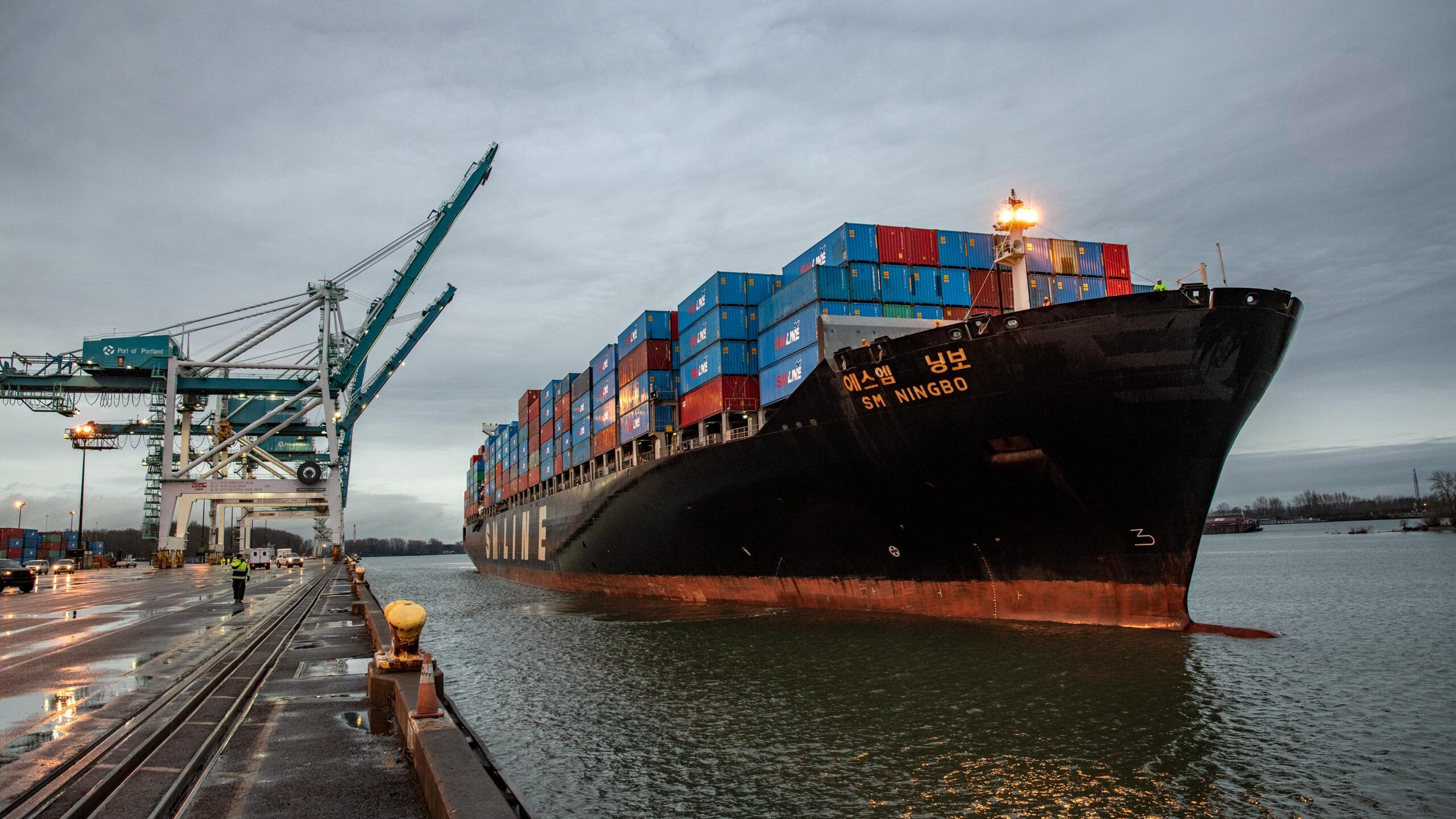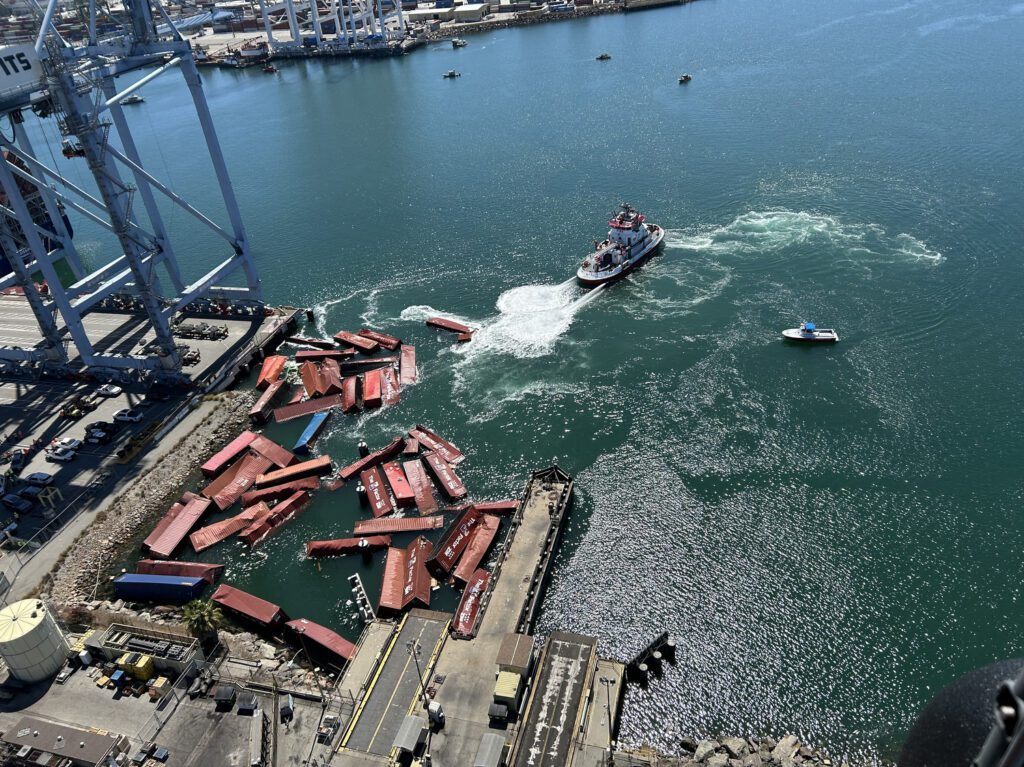By Natalie Thomas and Jonathan Saul
ODESSA, Ukraine/LONDON, March 18 (Reuters) – Black and white newsreel from 1941 shows residents of Odessa, then a Soviet city, building barricades with cobblestones, while the streets are lined with sandbag defenses and “hedgehog” anti-tank barriers as German and Romanian forces approach.
Fast forward 81 years, and similar scenes are playing out in the picturesque Black Sea port, this time with Ukrainians hurrying to prepare Odessa for a possible assault by Russian troops by land, sea or both.
Military experts said an attempt to capture Odessa, which has so far been spared the intense bombardment and fighting seen in coastal areas further east, was possible given its strategic and symbolic importance to Ukraine.
More than half of Ukraine’s imports and exports move through the port, they said, and it is the last major city between Russian forces advancing past Kherson to the east and the border with NATO member Romania to the west.
That would give Moscow control of the entire southern coastline, severely weakening Ukraine – an objective some military strategists had predicted in the early days of the invasion, which began on Feb. 24.
“Due to its importance to the Ukrainian economy, a Russian capture of the port would represent a material and symbolic loss for Ukraine in the conflict,” said Anne Debie, analyst with maritime security company Dryad Global.
Serhiy Bratchuk, spokesman for the Odessa Regional State Administration, told Reuters seven Russian vessels, including amphibious assault ships, had appeared on Thursday some 15 miles (24 km) off the coast of Odessa, visible through binoculars.
‘SYMBOL OF FREEDOM’
Odessa’s mayor said he was still hopeful it would not be attacked. There has been shelling by warships off the coast and air strikes in the area, killing dozens of people and targeting infrastructure, but the city center is so far largely unscathed.
The streets are mostly empty, but food stalls still operate and people walk calmly between barricades and fences on the pavements around the ornate opera house.
“Still I believe… and it’s a kind of inner conviction, that it (an attack) will not happen, because Odessa is a symbol, a symbol of freedom,” Mayor Gennadiy Trukhanov told Reuters in an interview late on Thursday.
But if it does, he acknowledged that the frontline Odessa would have to defend was long.
“They (the Russians) will simultaneously try to distract us from the Transdniestria direction, to create a problem there, and of course move from the sea.
“To hold such a large defensive front is rather difficult,” he said, adding that the same went for whoever was attacking.
Transdniestria is a narrow strip of land held by pro-Russian separatists that runs along the east of Moldova and comes to within about 25 miles (40 km) of Odessa. Russian troops are stationed there, despite repeated calls by Moldovan President Maia Sandu for them to leave.
Ukraine fears Transdniestria could be used as a new front, putting further pressure on Odessa. Local media reported that a bridge from the region had been blown up by Ukrainian forces to slow any Russian push.
Russian troops have also passed Kherson to the east and naval ships can be seen in the distance off Odessa’s shores.
CHALLENGES
Gerry Northwood, a former British Royal Navy captain who commanded warships and a consultant with maritime security company MAST, said the land route to Odessa’s east would be full of challenges for Russia.
“The geography of southern Ukraine doesn’t favor a land force trying to penetrate Odessa from the east,” he said.
“Too many estuaries, bays and rivers which largely run north-south and lots of killing zones for the Ukrainians to exploit at crossing points.”
Far safer would be to do so by sea, he added.
Ukraine’s navy is tiny – vastly reduced when Russian-backed forces seized Crimea in 2014 – although Odessa may be able to mine surrounding waters as well as the beaches likely to be used for an amphibious landing.
An analysis that the Ukrainian military shared with Reuters in mid-February said Russia was capable of using 12 ships for such a landing, delivering at least five battalion groups of up to 400 troops each plus support units.
It said three Ukrainian brigades reinforced by the National Guard and territorial defense troops would be waiting.
Artillery and medium-range missiles could also be fired at approaching vessels, it said, as well as shoulder-held weapons supplied by Western nations.
But Dryad Global’s Debie warned that Russia could unleash an intense bombardment of Odessa and that Ukrainian forces were ill equipped to repel its Black Sea fleet.
A less drastic option for Moscow could be to impose a blockade of Ukraine’s coast, which Northwood said would be relatively easy to do.
He added that Ukraine would then be reliant on land routes or air corridors, and if the latter were necessary it would make it harder for NATO to avoid getting sucked into the conflict.
In central Odessa, those civilians still there appeared calm.
“As many people say, Odessa is well defended by our forces and I … feel quite positive about this,” said jazz pianist and teacher Alexey Petukhov.
(Additional reporting by Pavel Polityuk in Lviv; Writing by Mike Collett-WhiteEditing by Gareth Jones)
(c) Copyright Thomson Reuters 2022.

 Join The Club
Join The Club












